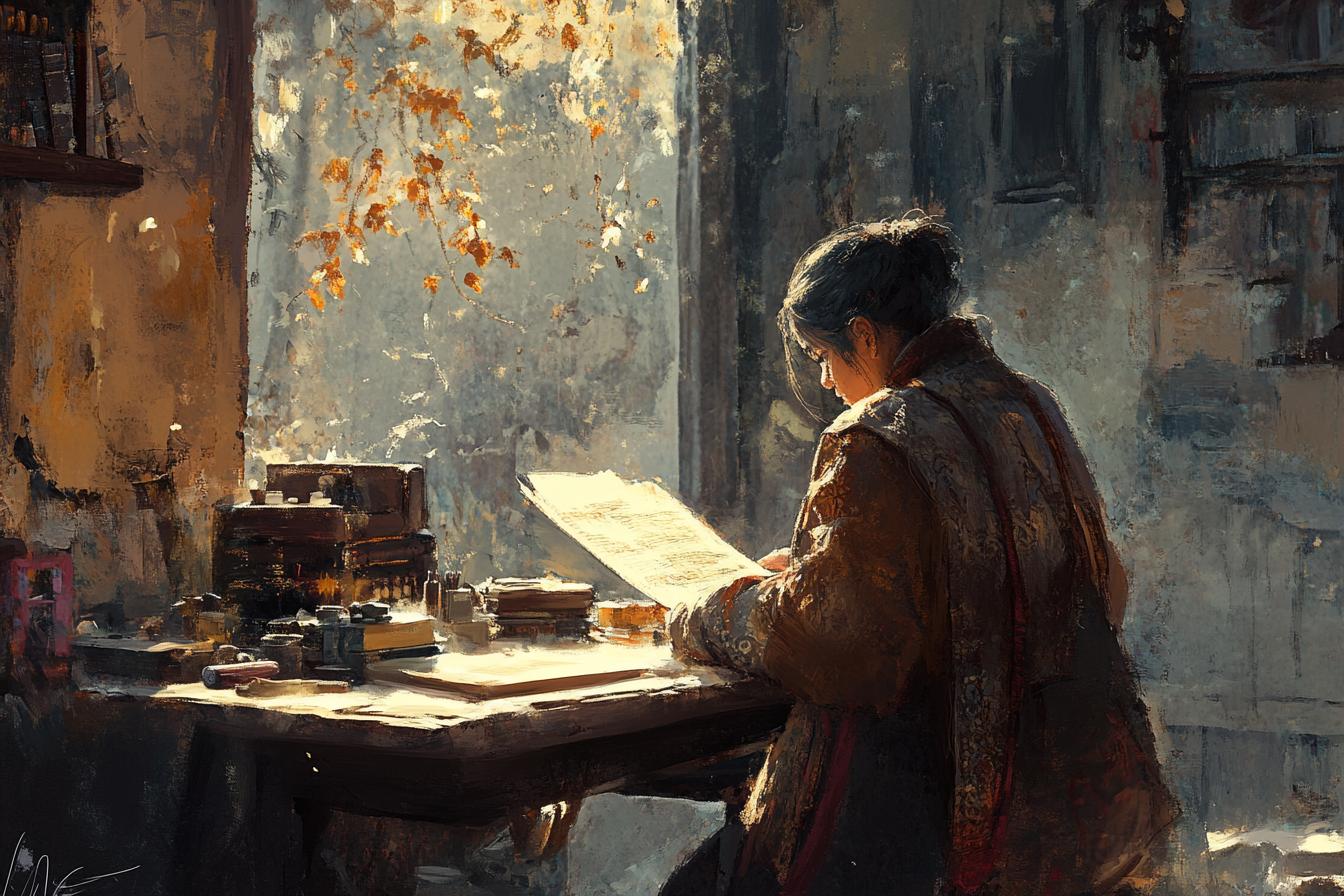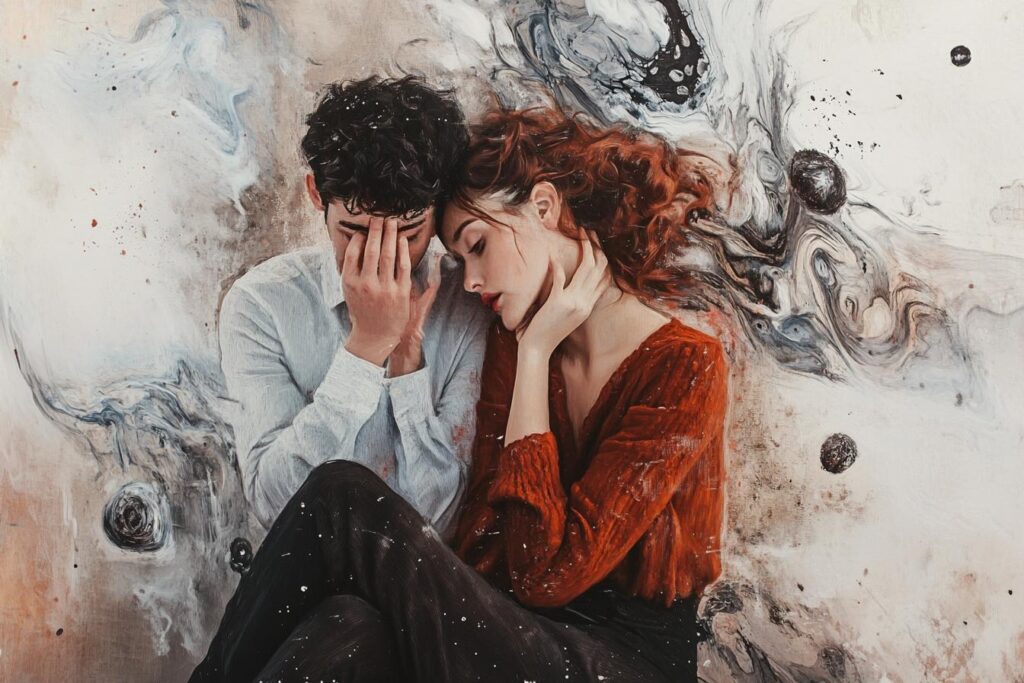Poets utilize a variety of techniques to imbue their work with a specific mood, drawing the reader into the emotional landscape of the poem. One powerful tool is imagery, where vivid descriptions and sensory details create a tangible experience for the reader. For example, a poet might describe a “sun-drenched meadow” to evoke feelings of joy and serenity, or a “storm-tossed sea” to convey turmoil and anxiety. Additionally, poets employ figurative language, such as metaphors and similes, to establish comparisons and evoke emotions indirectly. A metaphor like “the city is a jungle” suggests a chaotic and overwhelming environment, while a simile like “her eyes sparkled like stars” conveys a sense of wonder and beauty.
Furthermore, poets manipulate the rhythm and sound of their language to create specific moods. The use of alliteration, assonance, and consonance can create a sense of musicality, while a fast-paced rhythm might convey excitement or urgency. Consider how the repetition of the “s” sound in “The silken sad uncertain rustling of each purple curtain” by Edgar Allan Poe creates a sense of unease and mystery. Ultimately, the skillful combination of these techniques allows poets to craft a tapestry of emotions, inviting readers to experience the world through a new lens.

1. What Techniques Do Poets Use to Convey Mood
Poets use a variety of techniques to paint a vivid picture of the mood they want to evoke in their readers. One common approach is through the use of imagery, where poets use descriptive language to appeal to the senses, creating a feeling of immersion for the reader. For instance, a poet might describe a “sun-drenched meadow” to evoke a sense of tranquility or a “storm-tossed sea” to convey a feeling of turmoil. Another powerful technique is the use of figurative language, such as metaphors and similes, which create comparisons that add depth and nuance to the mood. A poet might compare a person’s sadness to “a heavy cloak” or their joy to “a soaring bird,” allowing the reader to connect with the emotions on a deeper level.
Beyond imagery and figurative language, poets also utilize sound devices to shape the mood. The repetition of sounds, known as alliteration, can create a sense of rhythm and flow, while assonance, the repetition of vowel sounds, can add a sense of melancholy or serenity. Furthermore, the choice of words themselves can significantly influence the mood. Poets might select words with strong connotations, words that carry emotional weight and evoke specific feelings in the reader. By carefully considering these techniques, poets craft a tapestry of language that transports readers to a specific emotional landscape.
2. Imagery and Sensory Details
Poets use imagery and sensory details to paint vivid pictures in the reader’s mind, which helps evoke a specific mood. Imagery refers to the use of figurative language, like metaphors, similes, and personification, to create a mental image. Sensory details appeal to the five senses – sight, sound, smell, taste, and touch – and allow the reader to experience the poem’s setting and atmosphere more fully. For example, a poet might describe the “sun-warmed” sand to evoke a feeling of warmth and relaxation, or the “crashing waves” to create a sense of power and awe.
By using imagery and sensory details, poets can create a more immersive and emotional experience for the reader. These techniques allow the reader to connect with the poem on a deeper level, and to feel the emotions that the poet is trying to convey. The reader might feel happy, sad, angry, or scared, depending on the imagery and sensory details that the poet chooses to use.
3. Figurative Language
Figurative language, also known as figures of speech, is a powerful tool that poets use to create vivid imagery and convey mood. This language goes beyond the literal meaning of words, employing metaphors, similes, personification, and other devices to evoke specific feelings and emotions in the reader. For instance, a poet might use a metaphor to compare a lover’s eyes to the stars, suggesting a sense of wonder and awe. Or, a poet might use personification to give human qualities to nature, such as a “weeping willow,” to evoke a sense of sadness or melancholy.
By using figurative language, poets can paint a picture in the reader’s mind, creating a strong emotional connection to the poem. The choice of figurative language is crucial in shaping the mood and tone of the work. A poet might use a simile to compare a lover’s smile to the sun, creating a feeling of warmth and joy. Conversely, a poet might use a metaphor to compare a storm to the turmoil in a character’s heart, evoking feelings of anxiety and fear. The skillful use of figurative language allows poets to tap into the reader’s imagination and create a profound and lasting impression.
4. Sound Devices
Sound devices are like musical notes in a poem, adding rhythm and texture to the words on the page. These techniques manipulate the sounds of words to create specific effects. For instance, alliteration uses the repetition of consonant sounds at the beginning of words, like “Peter Piper picked a peck of pickled peppers.” This creates a sense of playfulness or a rhythmic flow. Assonance, on the other hand, repeats vowel sounds within words, such as “The rain in Spain falls mainly on the plain,” making the lines sound smooth and flowing.
Another important sound device is consonance, which repeats consonant sounds anywhere within words, like “The silken sad uncertain rustling of each purple curtain.” This creates a sense of suspense or a darker, more mysterious tone. Onomatopoeia uses words that imitate sounds, such as “buzz,” “crash,” or “sizzle.” This brings the poem to life by directly involving the reader’s senses. By carefully choosing and arranging these sound devices, poets can evoke a wide range of emotions and create a unique auditory experience for the reader.
5. Word Choice Diction
Word choice, also known as diction, is a powerful tool that poets use to create mood. Poets carefully select words that evoke specific emotions and sensations in the reader. For example, a poet might use words like “gloomy,” “dreary,” and “desolate” to create a mood of sadness and despair. Conversely, they might use words like “joyful,” “bright,” and “exuberant” to create a mood of happiness and excitement. The choice of words can also influence the tone of the poem, which might be formal, informal, playful, or serious.
Beyond individual words, poets also consider the overall sound and rhythm of their language. Words with harsh sounds, like “crack” and “bang,” can create a sense of tension or violence. Words with soft sounds, like “hush” and “whisper,” can create a sense of peace or tranquility. The rhythm of the words can also contribute to the mood of the poem. A fast, choppy rhythm might create a sense of urgency or excitement, while a slow, measured rhythm might create a sense of calmness or reflection. By carefully crafting their word choice, poets can create a rich and evocative reading experience for their audience.
6. Structure and Form
The way a poem is structured can significantly impact its mood. Traditional forms, like sonnets or haikus, often come with established rhyme schemes and meter that influence the poem’s rhythm and flow. This, in turn, affects the emotional response of the reader. For instance, a sonnet’s regular rhythm might convey a sense of order and control, while a free verse poem’s irregular structure might suggest a feeling of chaos or freedom.
Beyond the traditional forms, poets can also experiment with unconventional structures to create unique moods. They might use visual elements, such as line breaks or white space, to guide the reader’s eye and evoke specific emotions. A poem with long, flowing lines might create a sense of expansiveness, while short, choppy lines could evoke a feeling of tension or anxiety. By manipulating the structure and form of their poems, poets can effectively control the reader’s experience and create a desired mood.
Conclusions
So, you want to know how poets make you feel all those things while reading their poems? It’s all about the tricks they use! They paint pictures with words, using imagery and sensory details to make you see, hear, smell, taste, and feel what they’re describing. They also use figurative language like metaphors and similes to make comparisons and create deeper meanings. And let’s not forget about sound devices like alliteration and assonance, which make the poems sound cool and catchy. Plus, they choose their words carefully, using diction to create a specific tone or feeling. Finally, the way they structure and form their poems can also affect the mood. It’s like a puzzle, but instead of pieces, they use words to create a whole experience for you!

